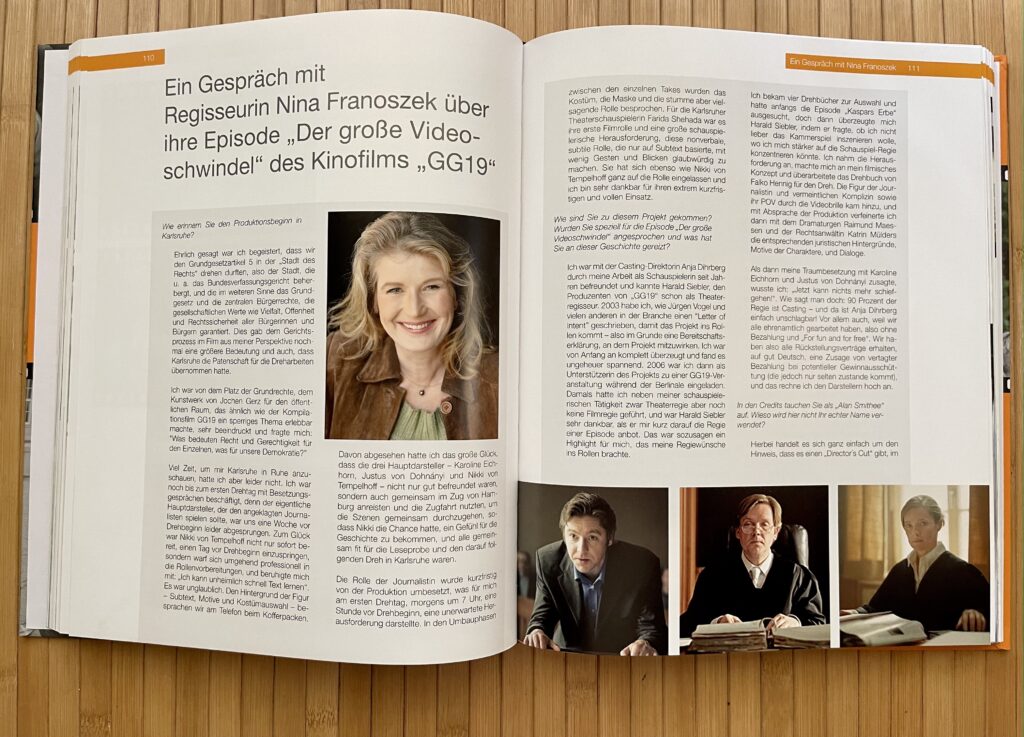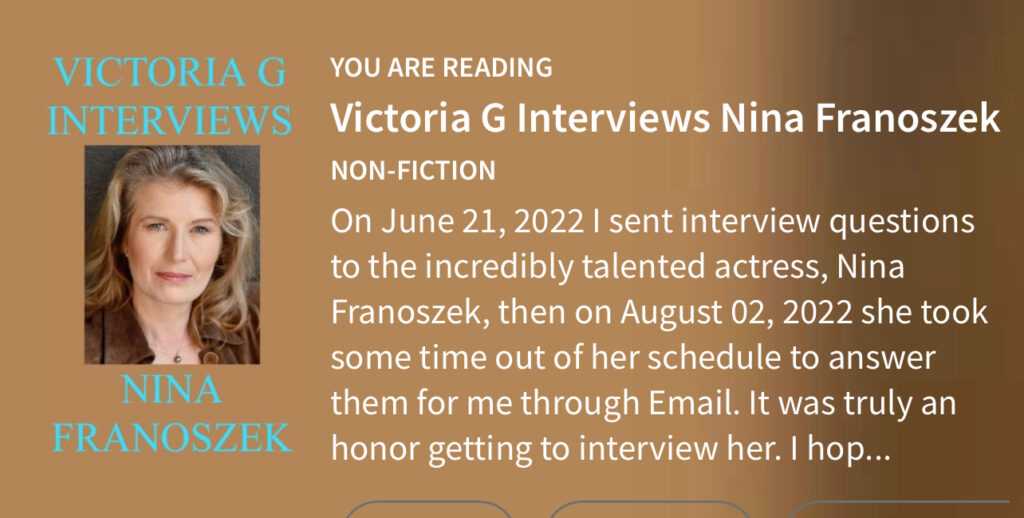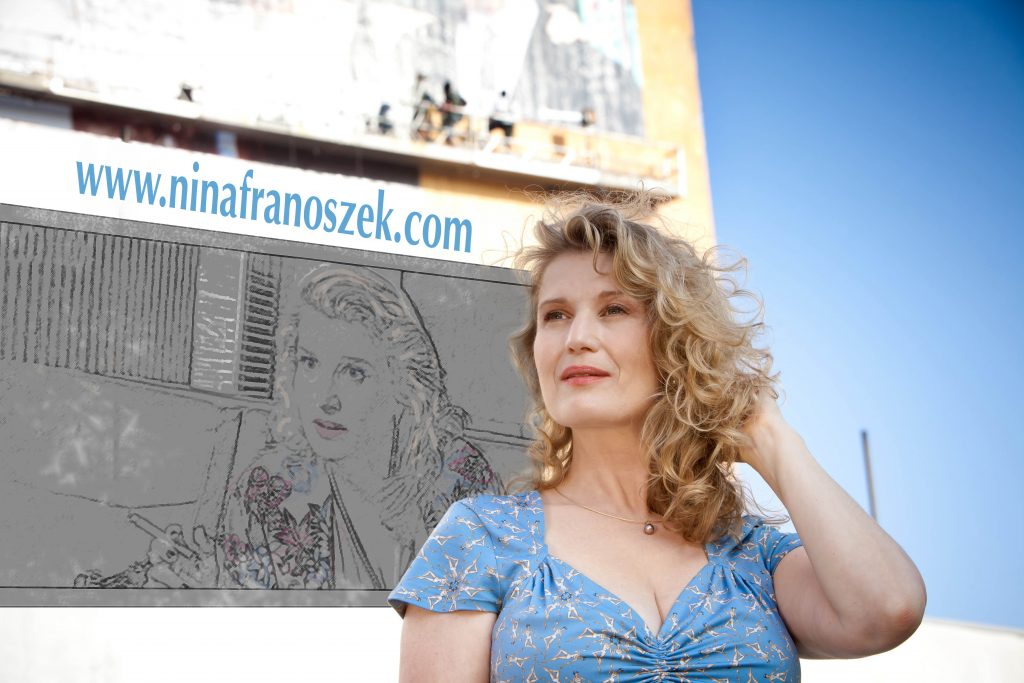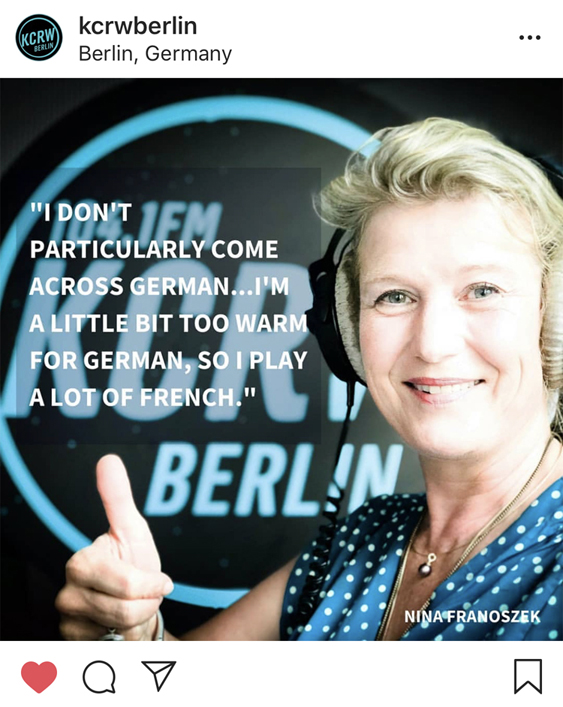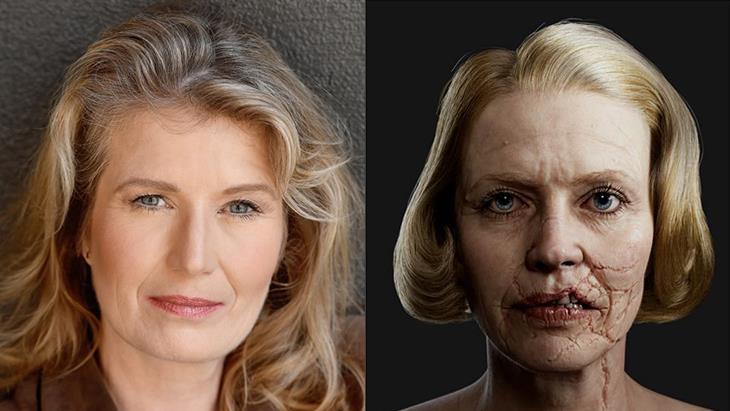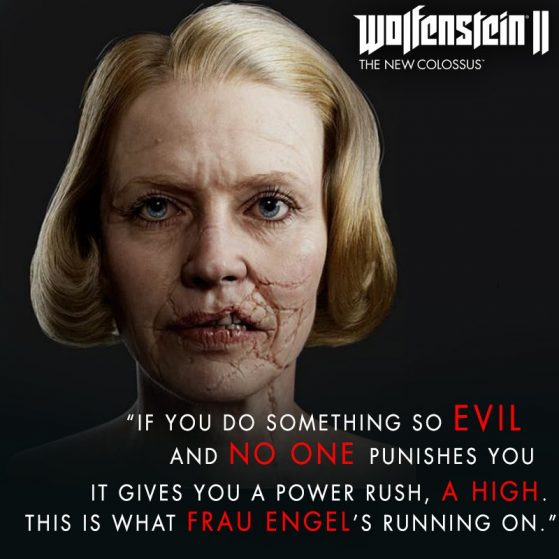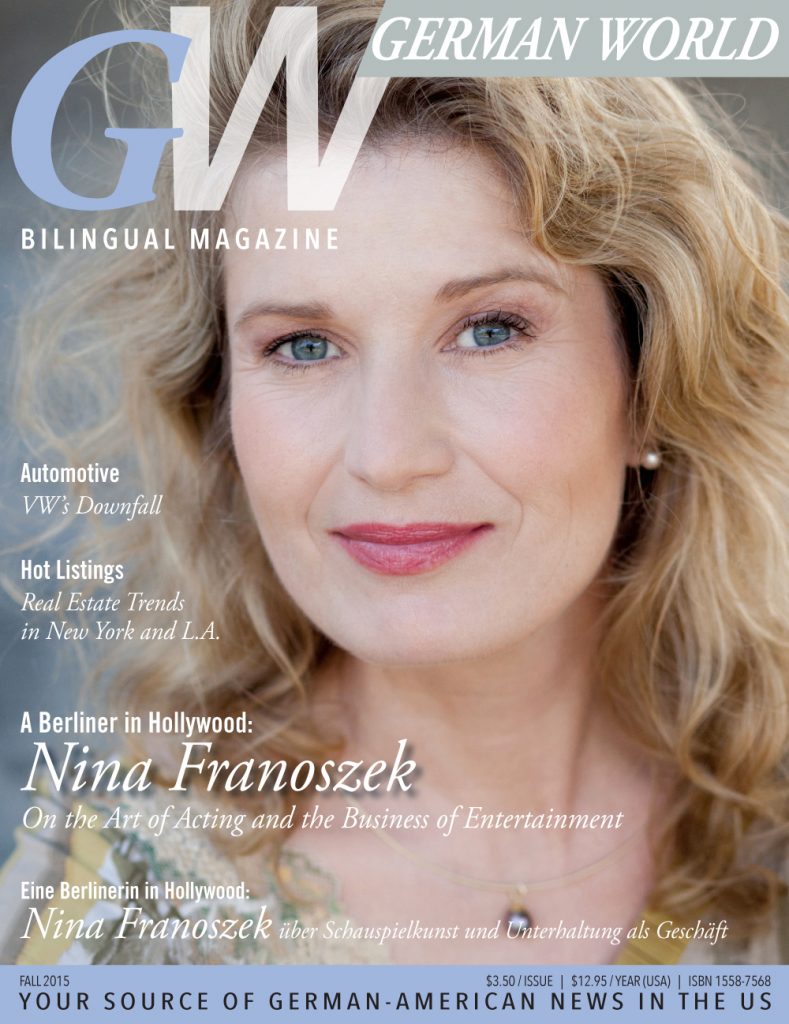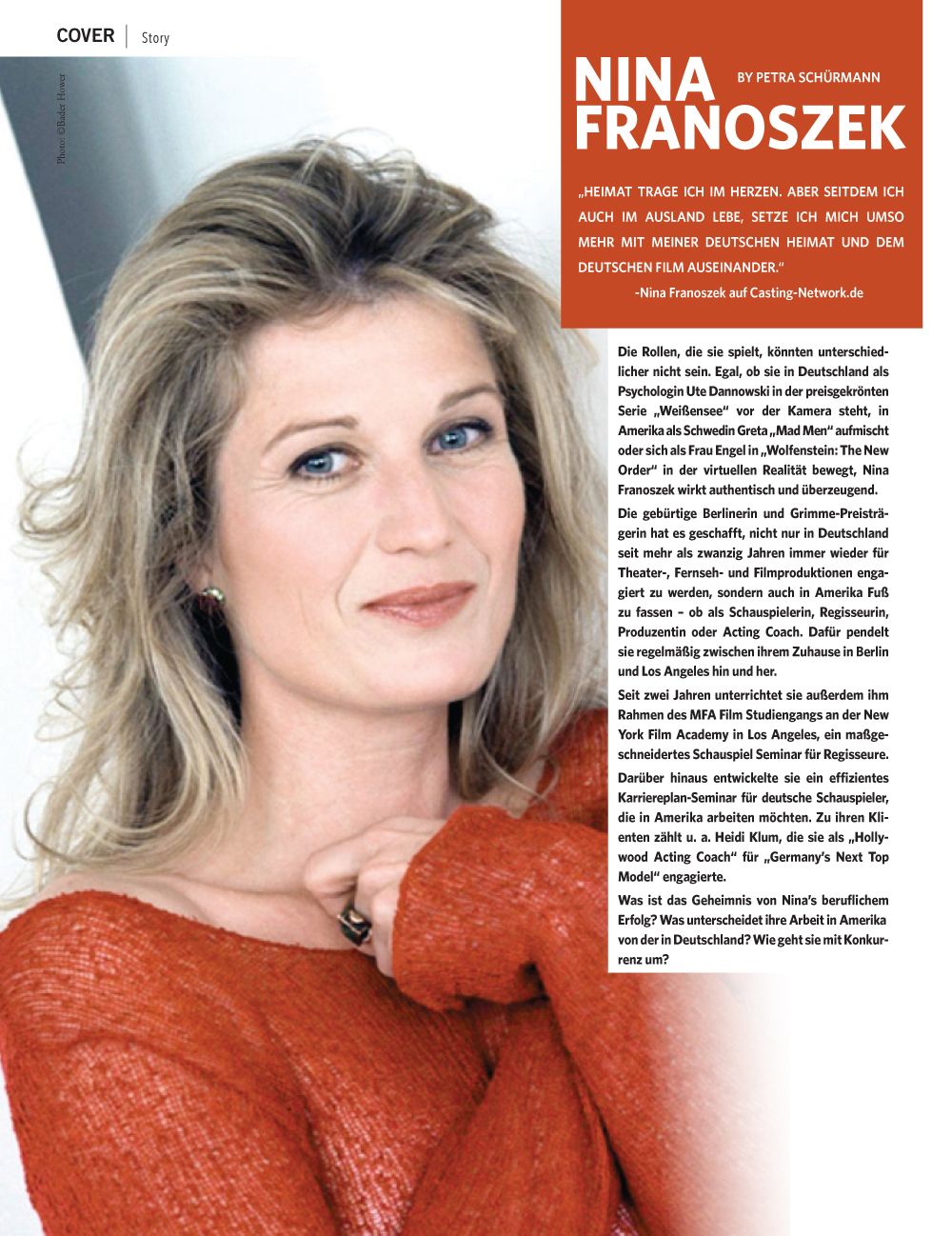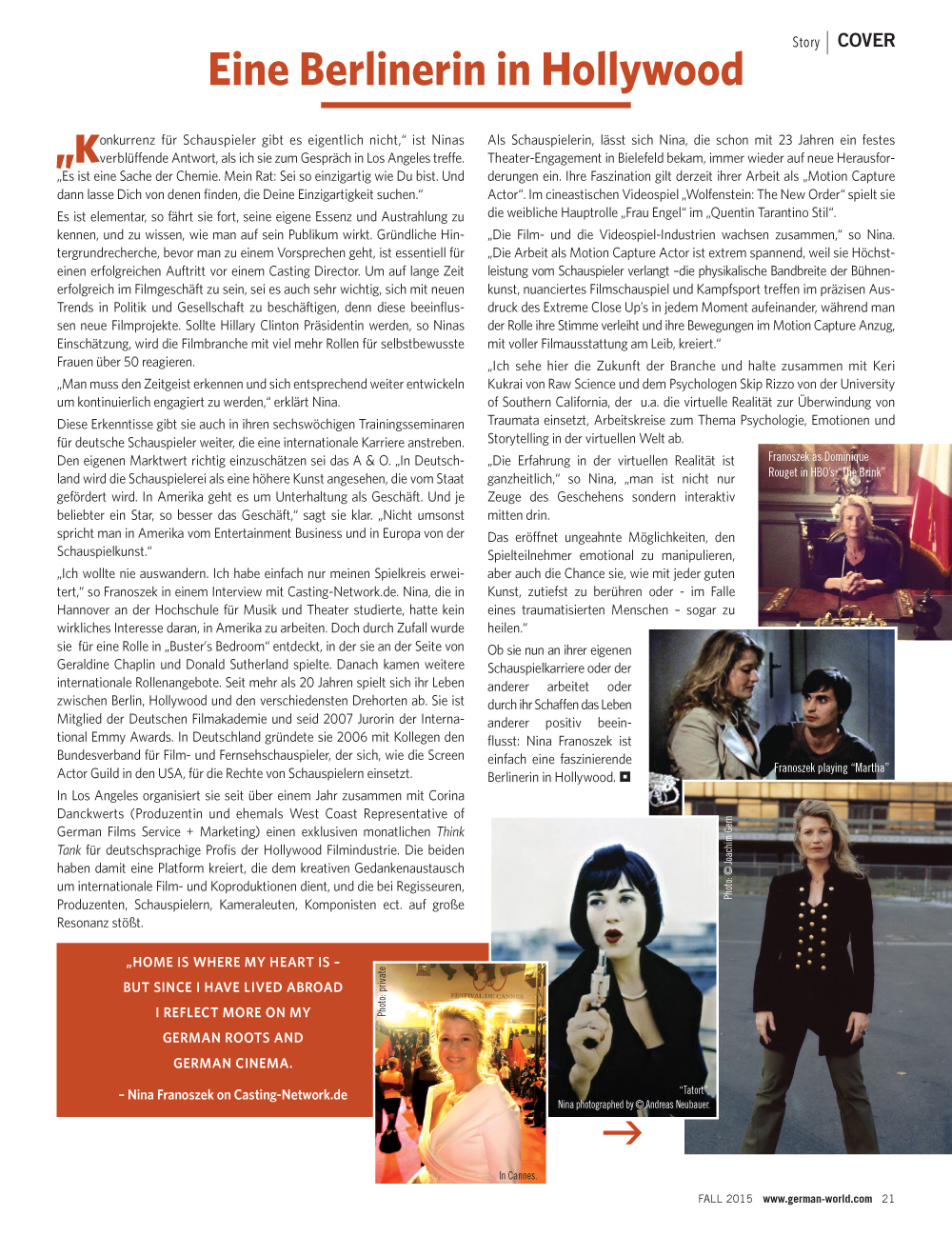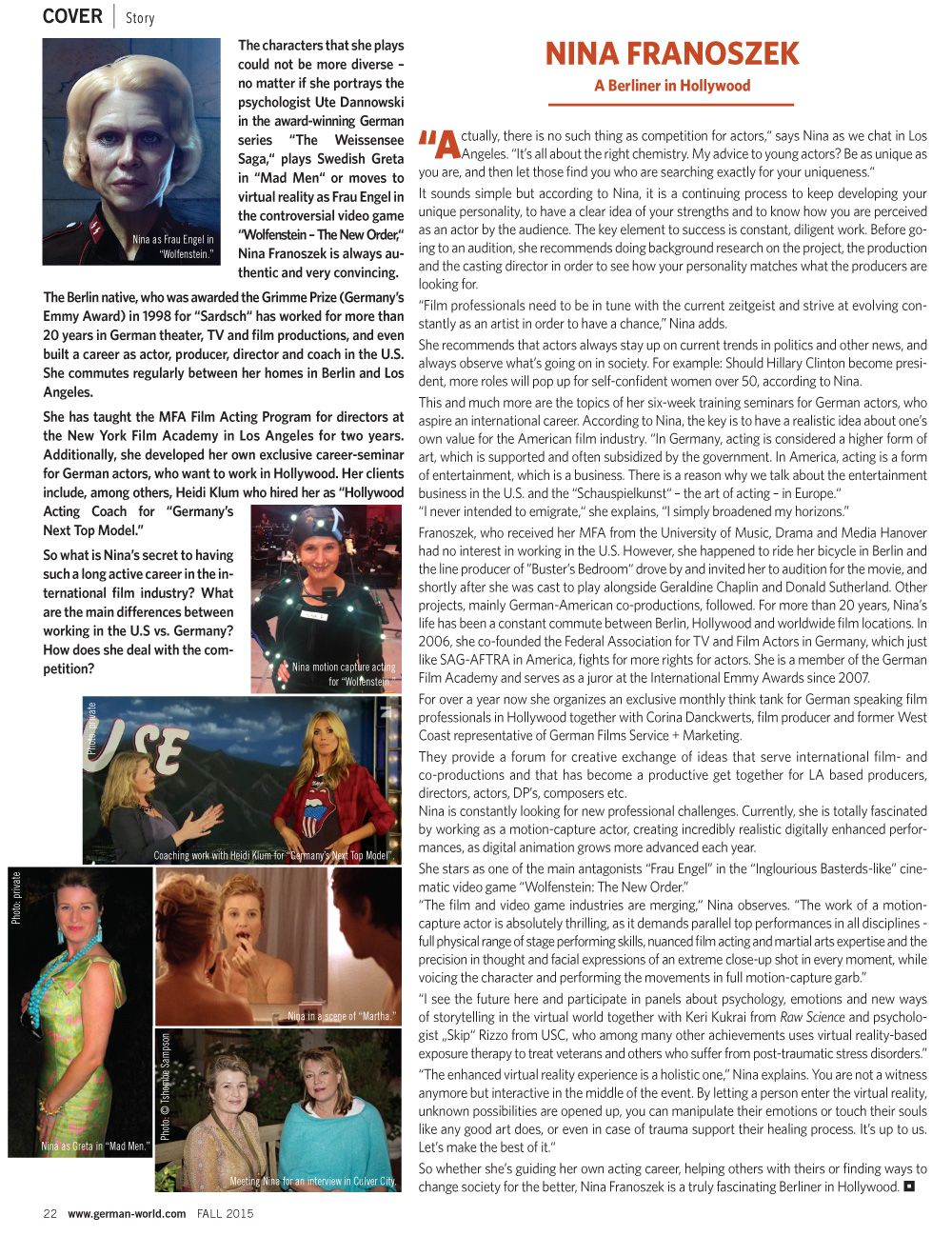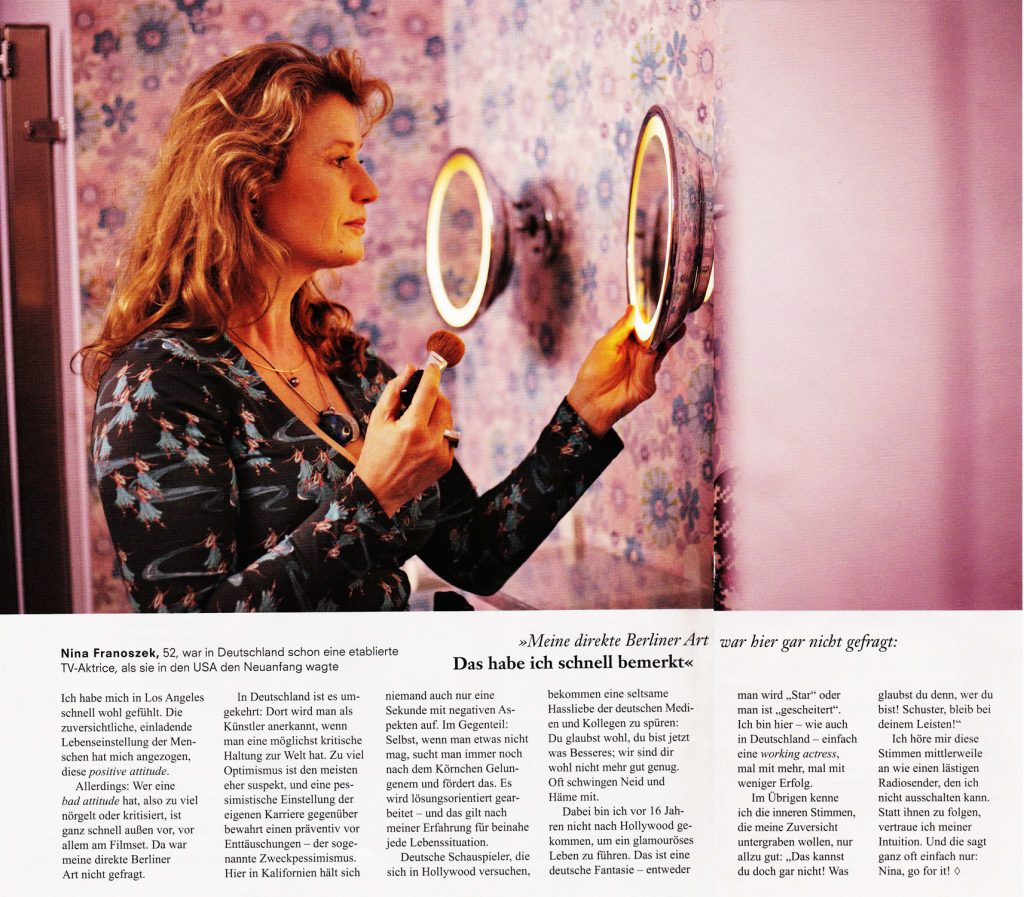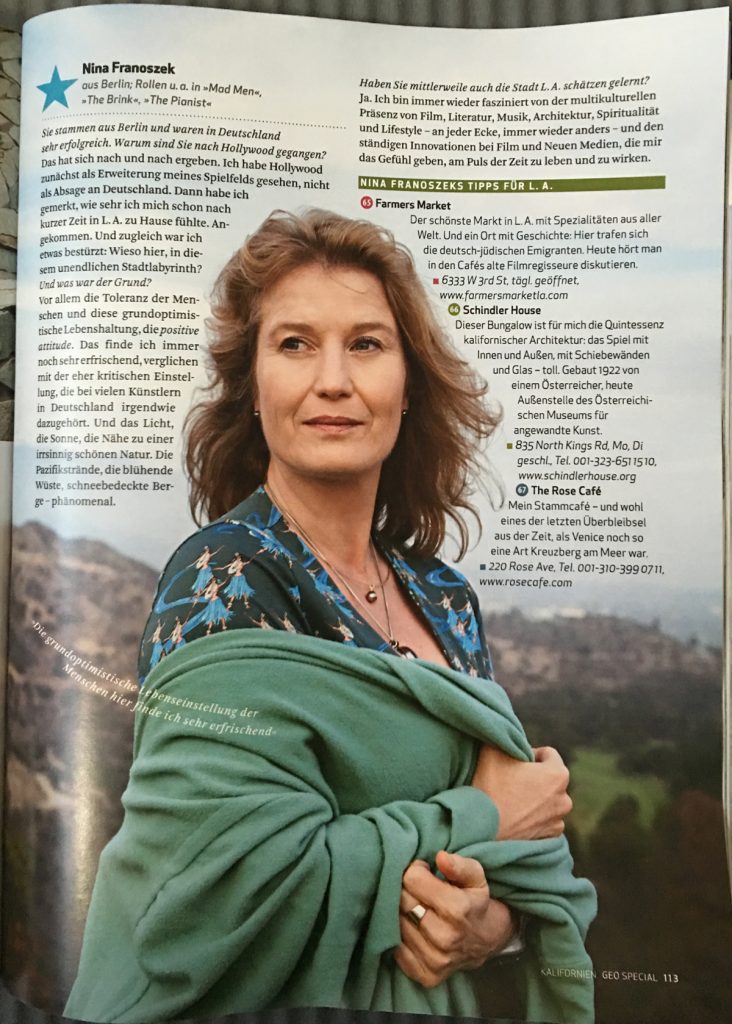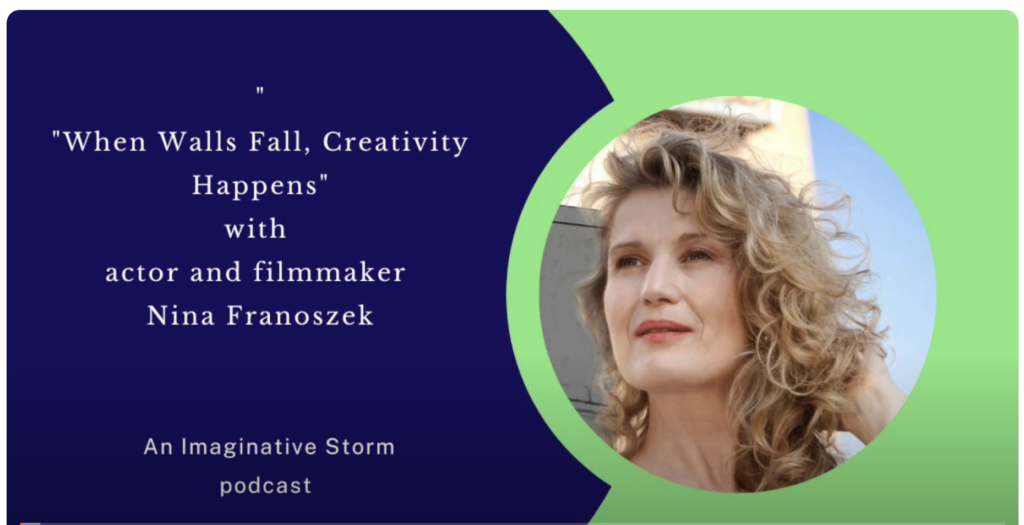
“When Walls Fall, Creativity Happens”- Interview with James Navé
James Navé welcomes multitalented actor and filmmaker Nina Franoszek to the Twice 5 Miles Radio microphone to talk about when walls fall, creativity begins.
I started by asking Nina to talk about her extensive background in the entertainment business. She opened with her childhood in West Berlin before the Wall’s fall. Because her parents, Sabine Franek and Eduard Franoszek, were fine artists, the creative community in Berlin underscored Nina’s childhood.
Along with her creative community, Nina experienced the simmering tensions between the East and West during that Cold War. Nina reflected on those who died trying to reach the West. “Art told the people what was there,” she said. “In the West, we had jeans and Coca-Cola; in the East, they had the shield and sword of the Stasi (the secret police).
Halfway through, our conversation deepened when I asked Nina how she defined evil. Her unexpected perspective on evil will surprise you. Enjoy the show.
